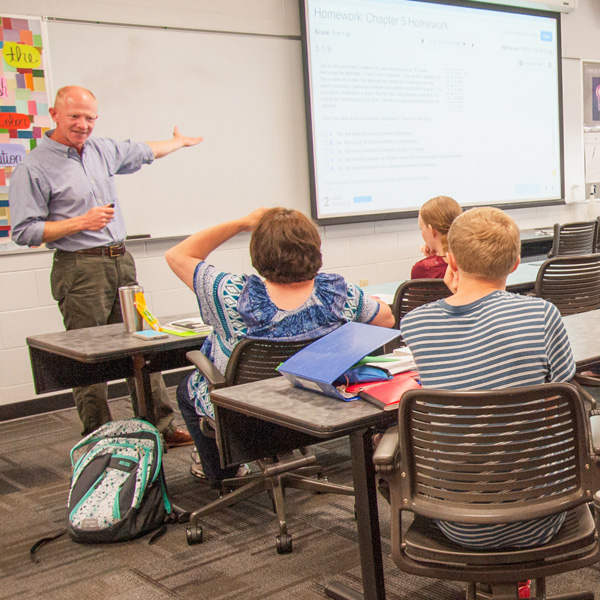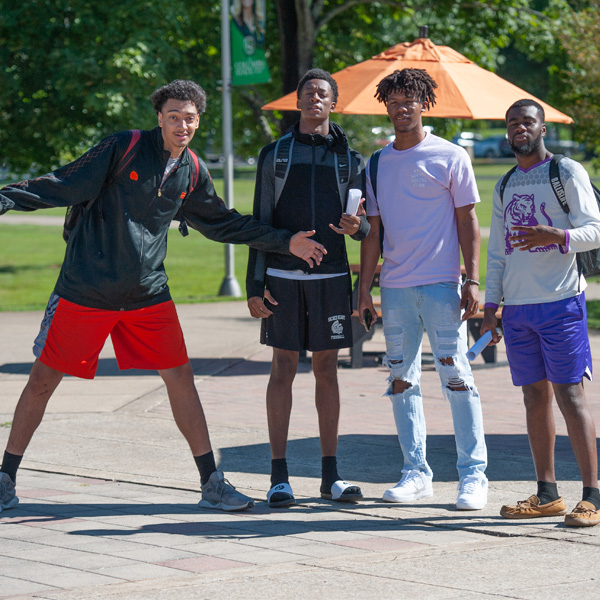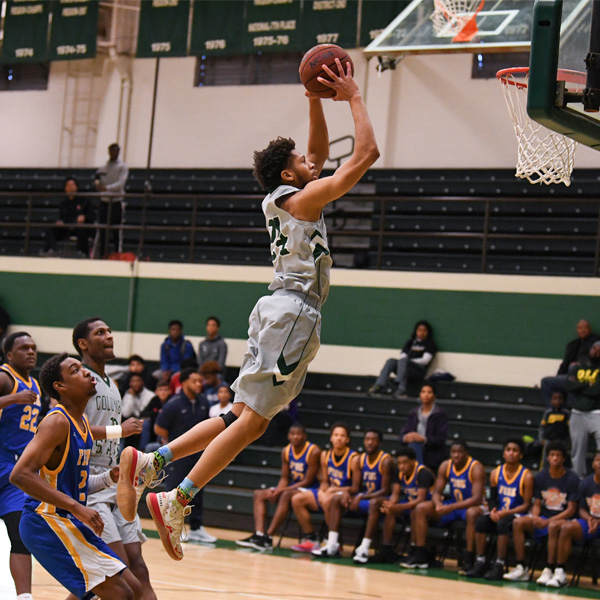Study Tips for the Tactile Learner
High Tactile learners acquire knowledge best through manipulation - doing, touching, hands-on, and writing techniques. Primary Tactile learners would benefit from finding their secondary learning mode and use the directions for either Visual or Auditory in conjunction with the following hints.
- Write things down because you remember them better that way.
- Try studying with a friend so that you can talk out loud and hear the information.
- When memorizing, pace or walk around while reciting to yourself or looking at a note card, and also try writing the information on a desk with your fingers.
- Keep something in your hand that is malleable. Knead or tap to a rhythm as you study. As much as you can, translate what you are learning into something that can be touched. Typing is helpful, as is writing your notes. If possible, type your notes on index cards. Eating, drinking, chewing gum, and listening to music are also helpful.
- Read an assignment for 25 minutes (no more -you lose 85% of your input after the first 25 minutes.) When beginning a textbook chapter, read the summary to get a general idea of the information. Then begin the reading.
- Underline main points in an eye-arresting color - for example, neon highlighters.
- At the end of25 minutes, take a one-to-five minute break. Disconnect totally from your reading - exercise, relax, snack - whatever is comfortable for you.
- Review underlined material after your break. If Auditory is your secondary preference, review aloud all underlined materials.
- Read for 25 minutes and underline.
- Take a break.
- Review from the beginning of underlined material.







